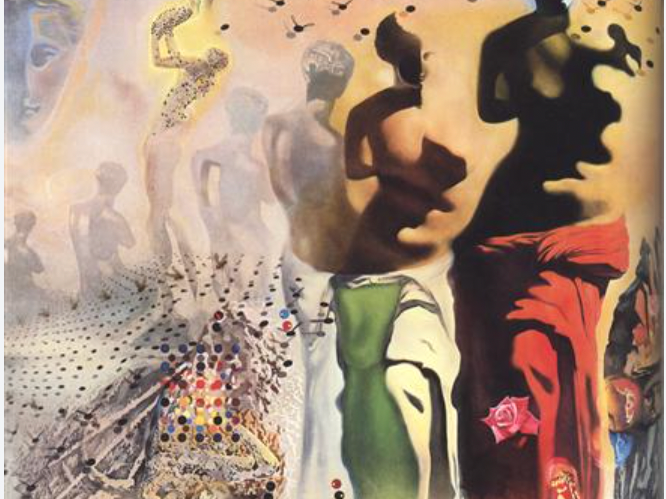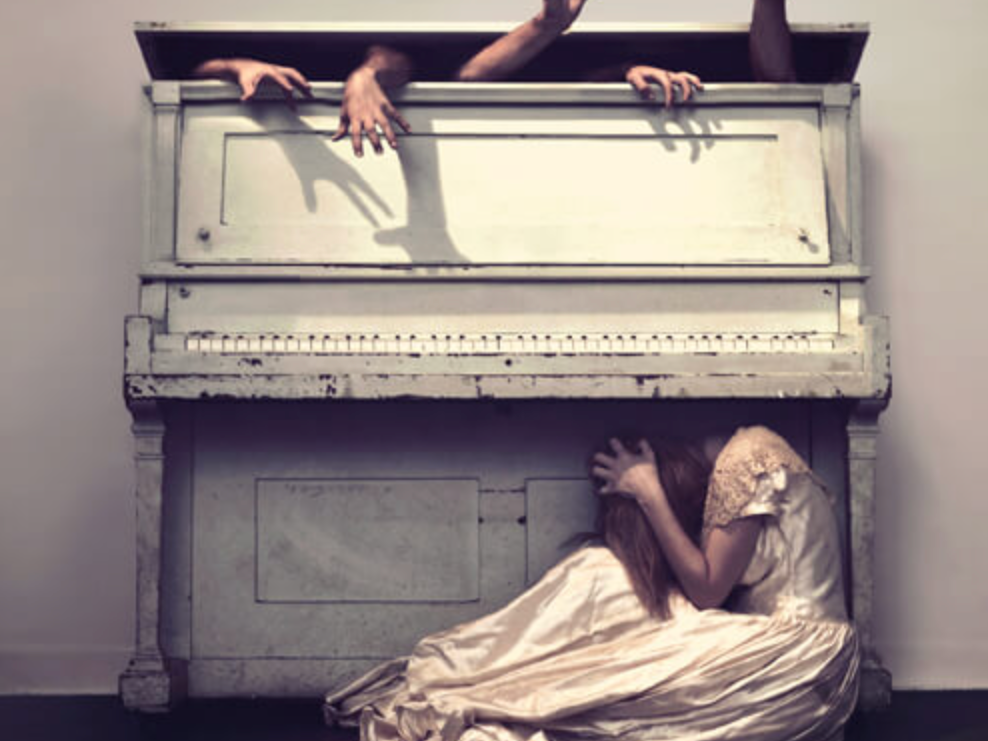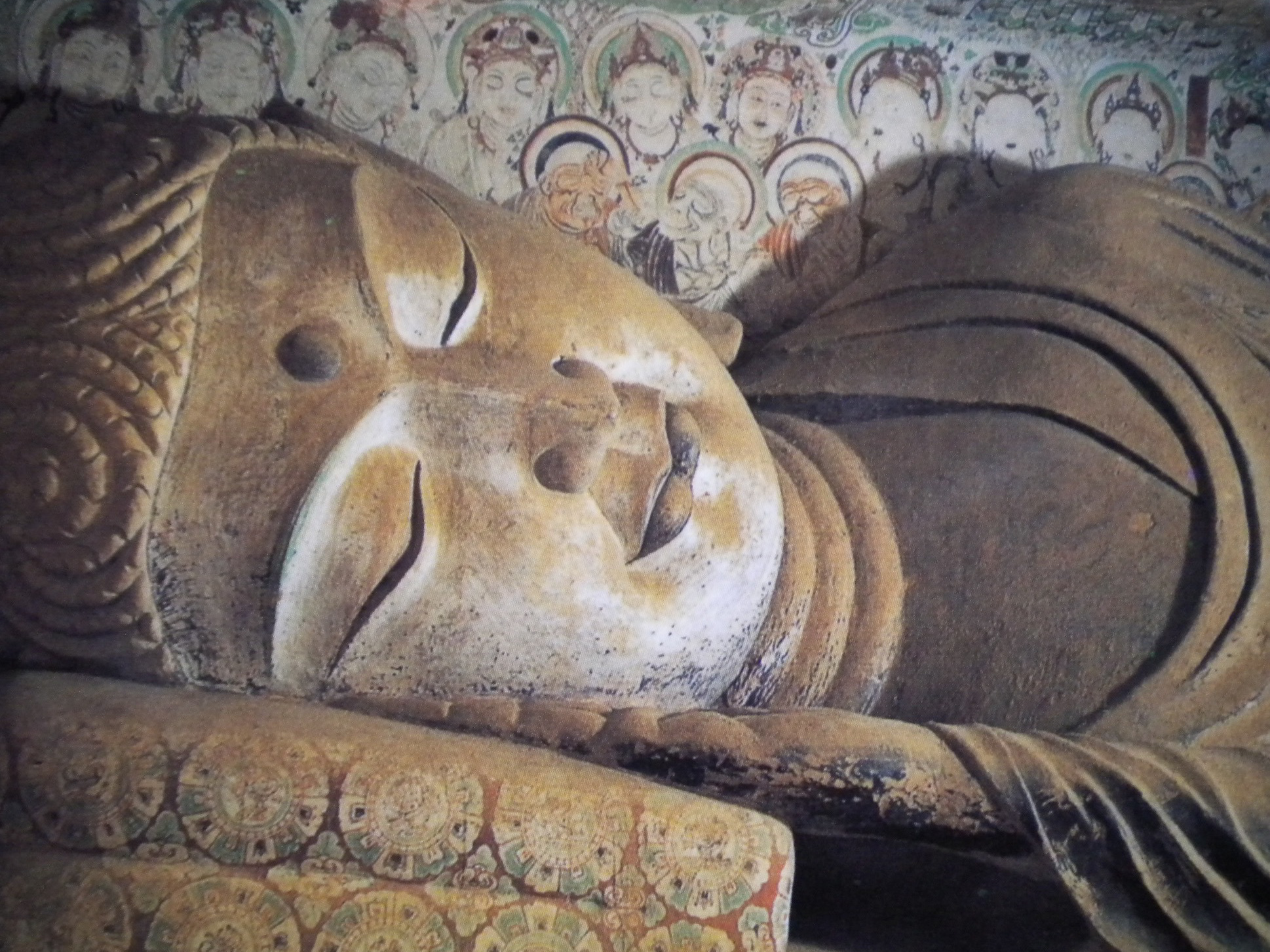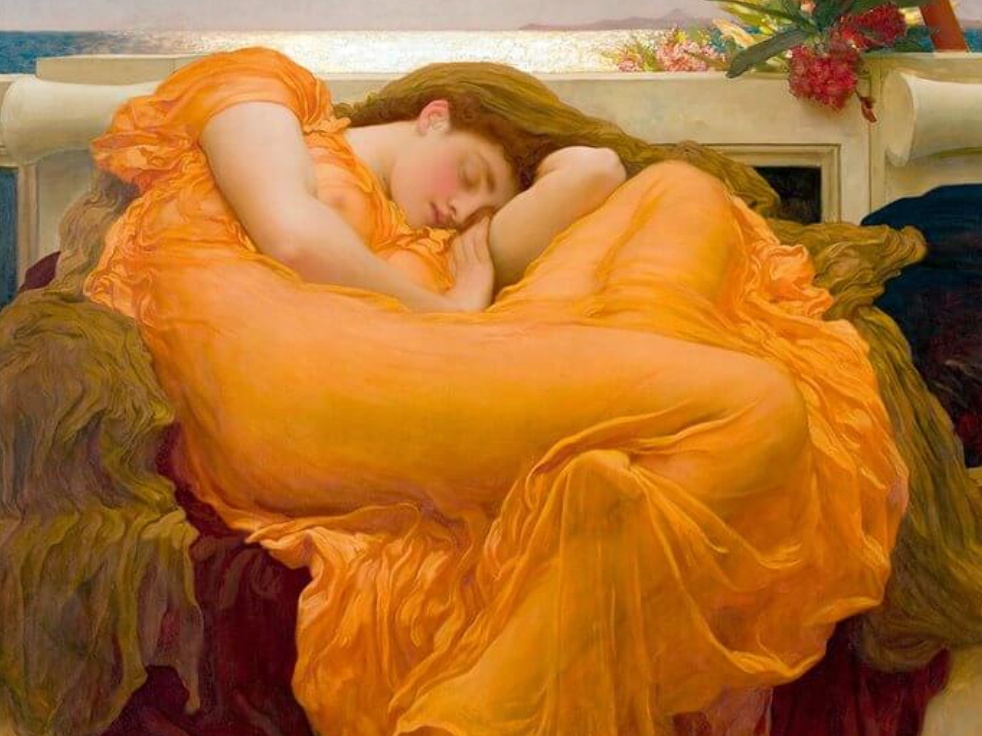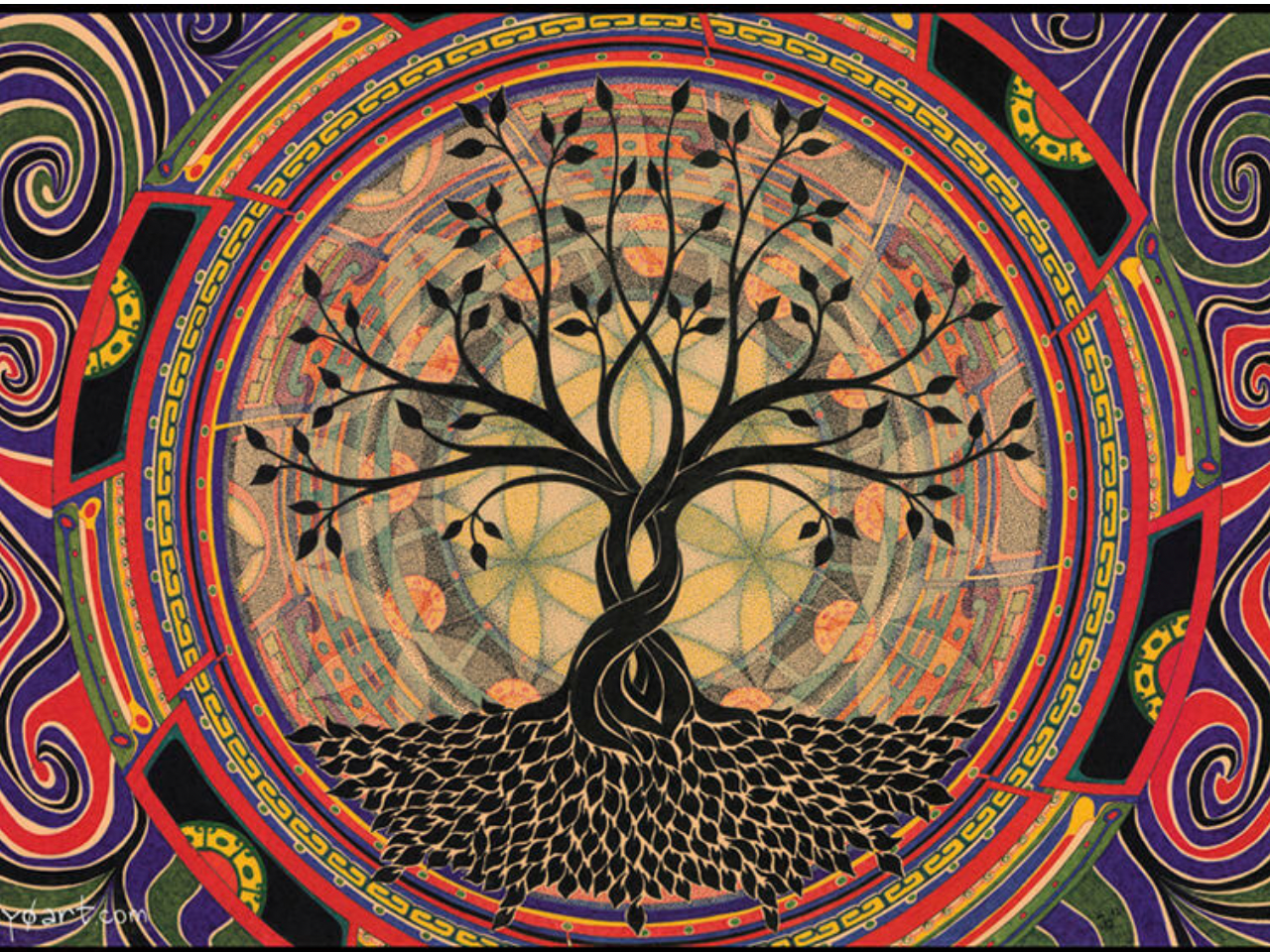Ahmet Unver, L’Officiel Turkey
When the lights go out, you slip into something more comfortable for your nightly blind date. Who will you meet in your dreams tonight? Cozy under the covers, we surrender our daily roles and concerns to dive deeply and boldly into our feelings and memories in dreams. What can we learn about ourselves and our relationships from our dreams?
“I think we dream so we don’t have to be apart for so long. If we’re in each others’ dreams, we can be together all the time.” Winnie-the-Pooh
The art of relationship is one of the most creative acts each of us engages in. Some dimensions of ourselves are only experienced through our relationships with our mates, friends, children and even opponents. The dance of relationship reverberates in us deeply and offers opportunities to reinvent our self and become a more balanced and whole human being. The coniunctio, or sacred marriage, is one of the concepts from the ancient art of alchemy Carl Jung applied to the psyche. For Jung, this marriage was an internal union on the journey to wholeness – our path of individuation which demands we become more conscious human beings.
“The meeting of two personalities is like the contact of two chemical substances: if there is any reaction, both are transformed.” Carl Jung
Jung discovered dreams are essential guides on the sometimes rocky road of individuation. While we’re on that road, relationship scenarios sometimes have us tossing and turning while dreaming and scratching our heads while awake. Here are a few examples:

Cupid and Psyche, Bertel Thorvaldsen

Michelangelo’s “The Creation of Adam”“
Warning – Hazard Ahead
“Dreams can betray the secret. Most crises have a long incubation, only the conscious mind is not aware of it.” Carl Jung
In sleep the curtains come down on all the external stimulation of our busy lives. In that quiet stillness, the dreamer has a front row seat in the theater of the unconscious mind. Jen had just become engaged to Sam when her blissful union was disturbed by nightmares that featured her beloved Sam misbehaving with what she considered a bad case of the roving eye. Jen would awaken in a panic and soon these dreams triggered a tsunami of angst. Even if it was “only a dream,” Jen worried that these deliveries from the unconscious to her nightly inbox were actually a “sign” of Sam’s fading devotion. Although the dreams defied everything she knew about Sam sometimes they prompted conflict between them. During dream work Jen began to ask herself this question: “Is this really about him or is it just about me?"
“Electric Beach” sculpture by Rudy Autio
Jen was offered this question that is useful for any dream: Does this dream seem to reflect a current challenge or choice in my life? She reflected on this question and wisely responded, “It’s like my dreamer has been whispering in my ear ‘Hey, I'm heading into a lifelong commitment with Sam. It’s important to consciously face the part of myself that has been insecure most of my life.”
Jen realized it was her internal critic rather than Sam that was cheating her out of fulfillment in love. Everyone has an unruly team of inner voices and one of Jen’s had insisted for decades that she was never quite “good enough.” Although she now had a devoted lover externally in Sam she still did not fully believe internally that she was worthy of love. On the cusp of commitment, her dreams were a warning not about Sam but about making peace with that critical inner voice so it didn’t undermine her future with him. After tending to these dreams, Jen realized she had turned a corner in her life and was ready to confidently move forward with Sam. As Jung would advise, an important step towards happiness in the external union of marriage is a reconciliation, or inner union, between aspects of our being that may be in conflict.
Still Dreaming Of You
“All days are nights to see till I see thee. And nights bright days when dreams do show me thee.”
William Shakespeare, Sonnet 43
Gustav Klimt’s “The Kiss”
Dreaded dreams of "the ex" are some of the most disturbing dreams. Just when you thought you were over it, the one you once hoped was your dream lover is now stalking you like a zombie in your dreams. By day you’ve been moving on but, by night, an under-the-covers part of you is re-hashing any unfinished business with your ex. Persistent “Ex” dreams can sometimes stir you to wonder if you should rekindle the flame. But chances are something in your life now is simply reminding you of that prior relationship in service of a better chapter next time for Life’s Little Book of Love.

Frida Kahlo’s “The Dream”

Dream of the Fisherman’s Wife, Hokusai, 1814
We’re attracted to people who offer life experiences quite different from what we might create solely on our own whether it’s more excitement or more comfort. Sometimes we’re divided about what we want – is it more comfort or excitement? Can we have both? Can we marry the opposites at war within our personality as Jung advised?
For most of his love life, Kirk was attracted to a colorful parade of creative but troubled lovers who instigated emotional chaos and even financial loss into his life. Like a heat-seeking missile Kirk was now feeling driven toward an impetuous musician. Soon he experienced a flood of puzzling, erotic dreams about his most recent ex-lover, who he considered his ex for a very good reason. Perhaps Kirk’s unconscious mind was setting out the orange cones of caution to remind him of past choices so he wouldn’t repeat them once again?
Dreams often reveal to us our unfulfilled dreams from daily life. Kirk was offered these questions about his erotic dreams about his ex: Could these dreams reflect my heart’s desire rather than desire for another? How would I live differently if I choose to honor the desires of my heart?
Ahmet Unver, L’Officiel Turkey
Sometimes an erotic dream reveals a desire to possess a quality of the lover’s rather than the actual lover. While working with his dreams, it dawned on Kirk that his attraction to these creative but unreliable types was an attraction to his own unfulfilled creative life that he didn’t dare pursue. Kirk expressed this: “I’m really the unreliable one. Sure, I’m Mr. Reliable at my boring job but I’ve unreliable with myself. I’ve neglected my creative dreams for a false sense of security. My artsy lovers always seem to threaten my security and waste my time. But the most important thing for me realize is to value myself so I can fulfill my creative dreams. And it took my nighttime dreams to reveal that.”
When Kirk decided to stop repeating the same behavior expecting a different outcome his current lust for the dazzling musician fizzled. His nighttime dreams had awakened a new dream for his daily life, pursuing his creative dreams. Not long afterwards, he met Mike and the two of them built a successful creative venture together.
A cheaper and more satisfying option to hiring a personal coach is to listen to your dreamer. When a dream figure provokes a strong response within you, either attraction or repulsion, a useful question to ask is this: What if I lived my life more like that?
Picasso's "Girls Before a Mirror"
Mirror, Mirror on the Wall...??????
“You cannot see yourself without a mirror. Look at the Beloved. He is the brightest mirror.” Rumi
Mirror, mirror on the wall…who’s starring in my dream, after all? You, of course, in all your miraculous manifestations. As the poet Walt Whitman mused, “I contain multitudes.” And so do you. One viewpoint among dream enthusiasts is that the characters appearing in our nightly dream theater can be viewed as a reflection of ourselves, a snapshot of our soul. Sometimes these nightly selfies are quite revealing. In Dream Discovery you learn that, if you mistake a mirror for a window, you’re looking outward when you could actually benefit by looking inward.
“The privilege of a lifetime is to become who you truly are.” Carl Jung
One night Monica had a dream that startled her awake. This is the part that really upset her about it: “My sister sat in my favorite chair and it instantly bust into flames! Why would I dream that?”
Monica revealed the wisdom of her disturbing dream using Dream Discovery.™ Carl Jung created Active Imagination, a method that encourages the unconscious to reveal itself by using the imagination to give it form. One form of Active Imagination is commonly called “Dream Re-entry.” The Dream Discovery method of re-entering the dream and bringing it to life again in the present moment is called Dream Re-living.
To bring your dreams to life in the present moment practice using the present tense when telling any dream. One of the first questions to ask yourself about any dream is “What feelings do you experience in this dream?” Monica found her answer to this question disturbing. Using the present tense, she said, “I’m laughing! My sister is on fire and I’m just howling with laughter.“
Another basic question to ask about a dream experience is “What actions are you taking or not taking? What choices are you and others making in the dream?” To this question Monica responded, “I’m doing nothing to help! That’s not like me at all. I would never be so mean.”
To understand a dream image, you can get down to the basics by asking this question: Imagine you have the chance to tell someone from another planet about this dream image and they ask ‘What is that?’ Describe what it is as generally and simply as you can, as if this person has no idea what it is. This helps the dreamer see their past assumptions. Monica‘s said this about the chair in her dream:
Next, move on with specific personal associations. Monica was asked, is there anything you can say about this particular chair? “Actually it is my favorite, old easy chair,” was Monica‘s response. Monica was asked, can you stretch your imagination and describe it as a personality? What are the dream symbol's unique qualities? Monica replied, “It’s comfortable but worn out.”
Monica was asked to trust her imagination even more and consider that the symbol is a mirror of self. She was asked “Do you have anything in common with this chair?” In a moment Monica smiled and revealed “I’m pretty worn out from feeling taken for granted and sat on!” During Dream Re-living Monica was asked if she’d like to experiment more and the give a voice to the dream symbol - the chair. She responded laughing, “Do NOT sit on me! I'm worth more than that.”
Monica was new to Dream Discovery™ but she quickly realized the soon-to-be aflame chair in her dream is a mirror of herself as very easy going, comfortable and accommodating. This was the case in her life-long relationship with her sister, who starred in the dream, but the pattern was also repeated with other people. Monica revealed she sometimes felt “sat on” like some familiar, worn out chair instead of a person with her own feelings and needs. Because she was so emotionally invested in “always being nice," Monica said she was often secretly irritated by people who freely act in a more assertive and direct manner. But underneath the comfy cushions, Monica was actually smoldering in a passive-aggressive way. Her “comfortable but worn out” dream chair contained a fiery energy she actually wanted to express. Her flaming dream chair was a mirror of repressed emotions.
While working with this dream, Monica acknowledged the absurdity of trying to “always be nice.” Now she sometimes thinks to herself “The Chair Has Spoken!” to playfully remind herself to activate the fiery energy she discovered in her dream.
"Dreams generally point to our blind spot. They never tell us what we already know…the trouble with interpreting your own dreams is that you can’t see you own back.” Marie-Louise von Franz
Ahmet Unver, L’Officiel Turkey
“Knowing your own darkness is the best method for dealing with the darkness of other people.” Carl Jung
Poet Robert Bly used to tell the story of how as children we assume we must "hide in the bag” anything we think the people we care about won’t accept in us. Throughout our lives we struggle to carry that bag but we've forgotten what’s in it. We’re offered an opportunity to remember what’s hiding in the bag when our attention is riveted to something in another person that provokes strong feelings in us, either attraction or repulsion. We can take our reaction as a signal to finally look in "the bag." Dreams can help reveal to us what is hidden there. To learn more about Dream Discovery check out the Dream Discovery Course and Workbook.
Jung called the aspects we’ve hidden in our bag and attribute to “the other” the Shadow. Dreams reveal to us how to reclaim what we’ve disowned and projected onto others - our shadow. This process frees immense energy for ourselves and helps us acknowledge more of our own humanity and that of everyone else.
Dreams guide us to look inside our bag. When Monica looked inside her bag, she decided to trust herself more to authentically express her feelings. Kirk discovered his creativity. Jen reclaimed more self-worth.
If you look inside your bag, you may see the stranger who is actually you and discover you can “give back your heart to itself,” as the poet Derek Walcott expresses in his poem "Love After Love."
Cupid and Psyche, Antonio Canova
The time will come
When, with elation,
You will greet yourself arriving
At your own door, in your own mirror,
And each will smile at the others’ welcome,
And say, sit here. Eat.
You will love again the stranger who was yourself.
Give wine. Give bread. Give back your heart
To itself, to the stranger who has loved you
All your life, whom you ignored
For another, who knows your heart.
Take down the love letters from the bookshelf,
The photographs, the desperate notes,
Peel you own image from the mirror.
Sit, Feast on your life.
Dream Discovery™ All Rights Reserved
